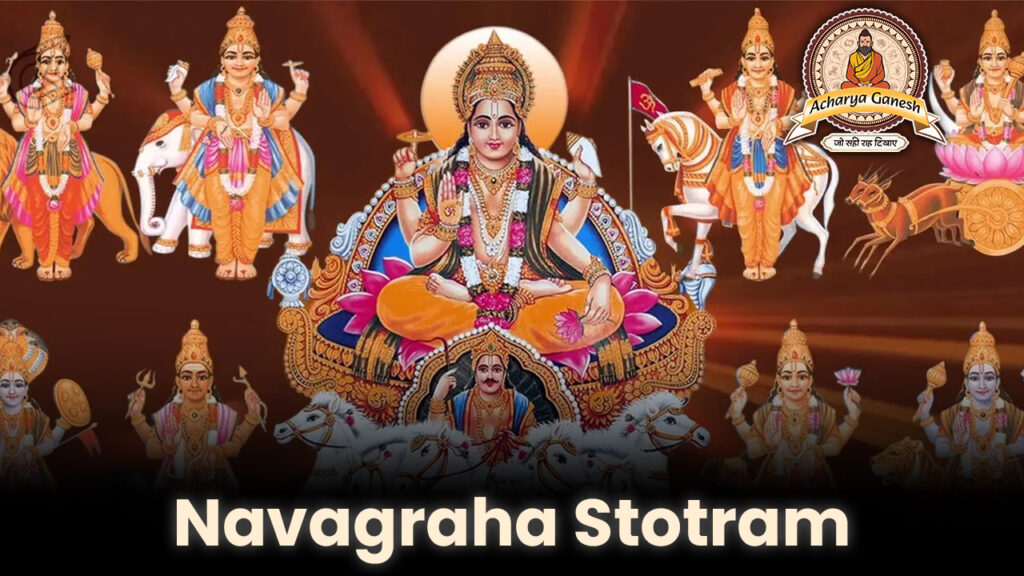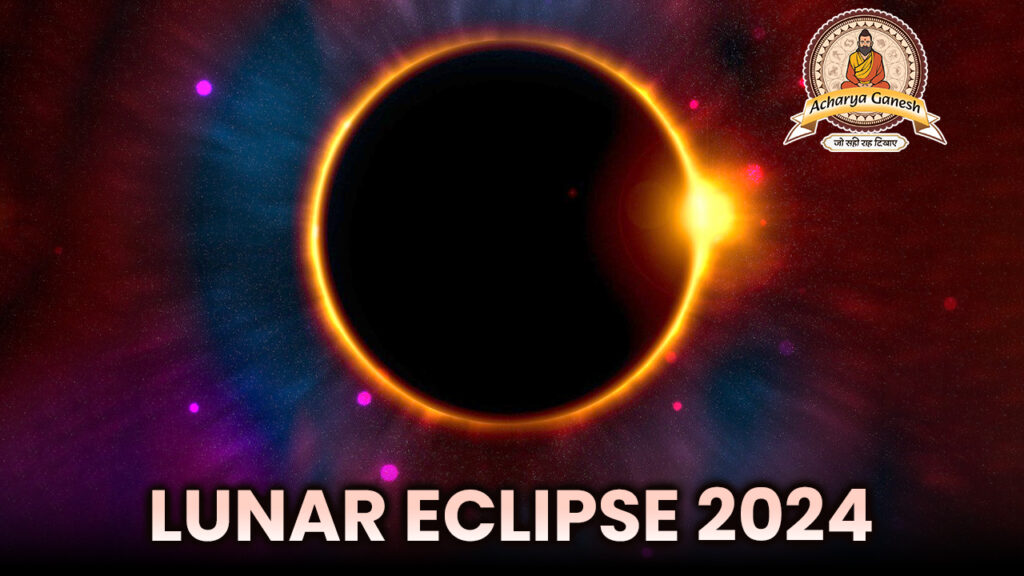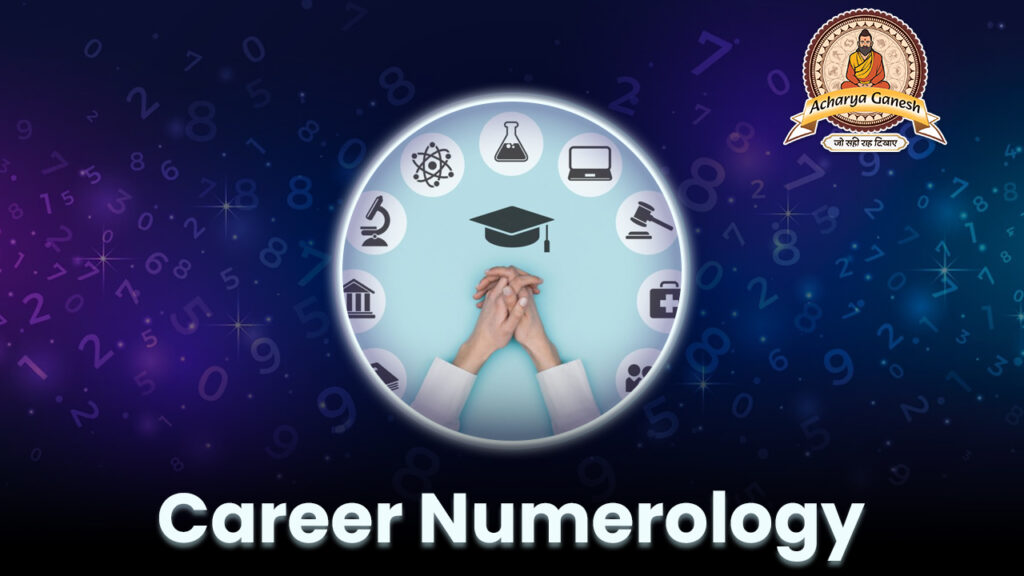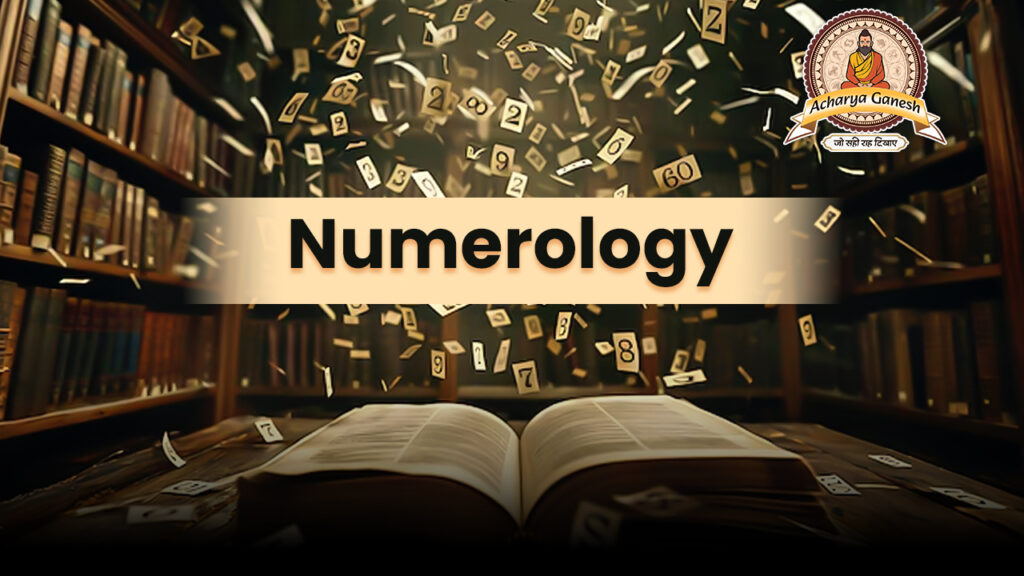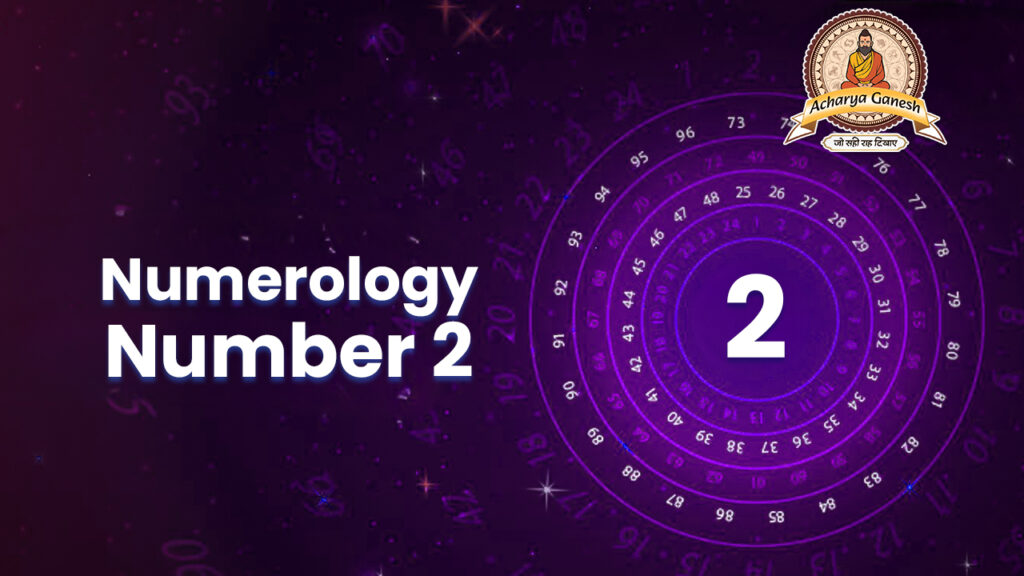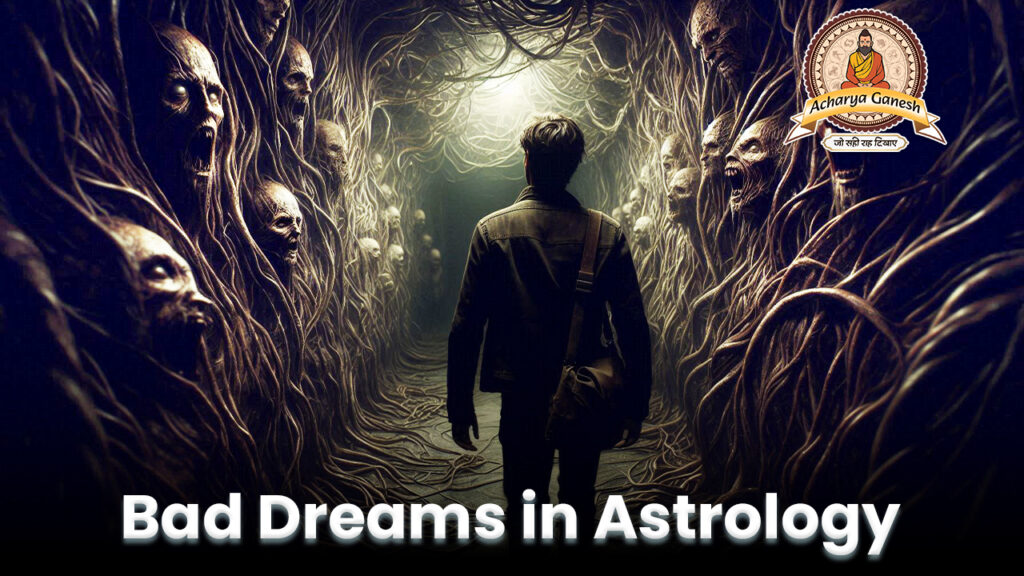Introduction to Navagraha Stotram
Navagraha Stotram is a powerful Hindu prayer dedicated to the nine celestial bodies believed to influence human life. This ancient Sanskrit hymn has been recited for centuries to seek blessings and protection from these cosmic forces. In this comprehensive guide, we’ll explore the significance of Navagraha Stotram and how it can be incorporated into your spiritual practice.
The Nine Celestial Bodies
The Navagraha Stotram is dedicated to the following nine celestial bodies:
- Surya (Sun)
- Chandra (Moon)
- Mangala (Mars)
- Budha (Mercury)
- Brihaspati (Jupiter)
- Shukra (Venus)
- Shani (Saturn)
- Rahu (North Lunar Node)
- Ketu (South Lunar Node)
Each of these celestial bodies is believed to have a unique influence on various aspects of human life, including health, wealth, relationships, and spiritual growth.
Benefits of Reciting Navagraha Stotram
Reciting the Navagraha Stotram is believed to offer numerous benefits:
- Alleviates the negative effects of planetary positions
- Brings harmony and balance to one’s life
- Promotes physical and mental well-being
- Enhances spiritual growth and awareness
- Helps overcome obstacles and challenges
- Attracts positive energy and blessings
Many practitioners report feeling a sense of peace and clarity after reciting this powerful prayer regularly.
How to Recite Navagraha Stotram
To effectively recite the Navagraha Stotram:
- Choose a quiet and clean space for your practice.
- Light a lamp or incense if desired.
- Sit comfortably in a cross-legged position or on a chair.
- Take a few deep breaths to center yourself.
- Begin reciting the stotram with focus and devotion.
- Pronounce each word clearly and mindfully.
- Recite the entire stotram at least once, preferably three times.
- Conclude with a moment of silence and gratitude.
It’s recommended to recite the Navagraha Stotram daily, preferably in the morning or evening.
Navagraha Stotram Lyrics and Translation
Here’s the first verse of the Navagraha Stotram in Sanskrit, followed by its English translation:
जपाकुसुमसंकाशं काश्यपेयं महद्युतिम् ।
तमोऽरिं सर्वपापघ्नं प्रणतोऽस्मि दिवाकरम् ॥
Japākusumasaṅkāśaṁ kāśyapeyaṁ mahādyutim ।
Tamoariṁ sarvapāpaghnaṁ praṇato’smi divākaram ॥
English translation:
“I bow down to the Sun God, who shines like the japā flower, who is the son of Kashyapa, who is brilliantly radiant, who is the enemy of darkness, and who destroys all sins.”
Incorporating Navagraha Stotram in Daily Life
To make Navagraha Stotram a part of your daily routine:
- Set a specific time for recitation, such as sunrise or sunset.
- Create a dedicated space for your practice.
- Use a mala (prayer beads) to keep count of recitations.
- Listen to audio recordings to improve pronunciation.
- Study the meaning of each verse to deepen your understanding.
- Combine recitation with meditation or yoga for enhanced benefits.
- Join a study group or attend workshops to learn from experienced practitioners.
FAQs About Navagraha Stotram
Q: How long does it take to recite the full Navagraha Stotram?
A: The complete recitation typically takes about 5-10 minutes, depending on your pace.
Q: Can I recite Navagraha Stotram if I’m not Hindu?
A: Yes, the stotram is open to anyone interested in its spiritual benefits, regardless of religious background.
Q: Is it necessary to understand Sanskrit to recite the stotram?
A: While understanding Sanskrit can deepen your connection to the prayer, it’s not necessary. Many people recite it phonetically and meditate on its meaning.
Q: Are there specific days best suited for reciting Navagraha Stotram?
A: While it can be recited daily, some believe that reciting on Sundays or during auspicious astrological periods can be particularly beneficial.
Q: Can Navagraha Stotram help with specific life problems?
A: Many believe that regular recitation can help address various life challenges, but it’s important to combine spiritual practices with practical actions.
Q: Are there any restrictions for reciting Navagraha Stotram?
A: Generally, there are no strict restrictions. However, maintaining cleanliness and having a respectful attitude is recommended.
Q: Can I use a recorded version of the stotram instead of reciting it myself?
A: While personal recitation is preferred, listening to a recorded version can still be beneficial, especially when learning the correct pronunciation.
Conclusion
Navagraha Stotram is a powerful tool for spiritual growth and personal transformation. By incorporating this ancient prayer into your daily routine, you can tap into the cosmic energies of the nine celestial bodies and invite positive changes into your life. Remember, the true power of the stotram lies not just in its recitation, but in the devotion and intention behind it.
We encourage you to explore the Navagraha Stotram and experience its benefits firsthand. Share your experiences in the comments below, and let us know how this ancient wisdom has impacted your life.

